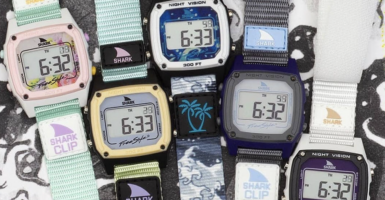Stunning Vintage Photos That Capture The Essence Of 1963
Although it’s hard to think of a year in the ’60s that wasn’t historically significant, few could rival 1963 in the impact its events had on the decade. The ’60s were generally full of tumult but like 1941,1929, or 2001, 1963 is a year that lives in infamy in American history is several key ways.
Still, that doesn’t mean everything that happened in it was so cataclysmic. Every year has its fonder, more nostalgic moments and even one as crazy as 1963 is no exception. So, it can be valuable to get as complete a picture of the year as possible and take the good with the bad.
America Loses Its Most Beloved Songbird

After her career saw steadily increasing momentum in the late ’50s, Patsy Cline practically ruled the country scene of the early ’60s while also notching some respectable mainstream success along the way. Her reign came with a velvet glove, as the warmth she showed her peers in the industry had them all convinced they were her best friend.
Tragically, however, it all came to a sudden end when inclement weather on March 5, 1963, led the plane Cline was taking from Kansas City to Nashville to crash down near Camden, Tennessee. Cline passed away at 30 and her fate was shared by everyone else aboard.
An Incredibly Large Crowd For An Unforgettable Moment
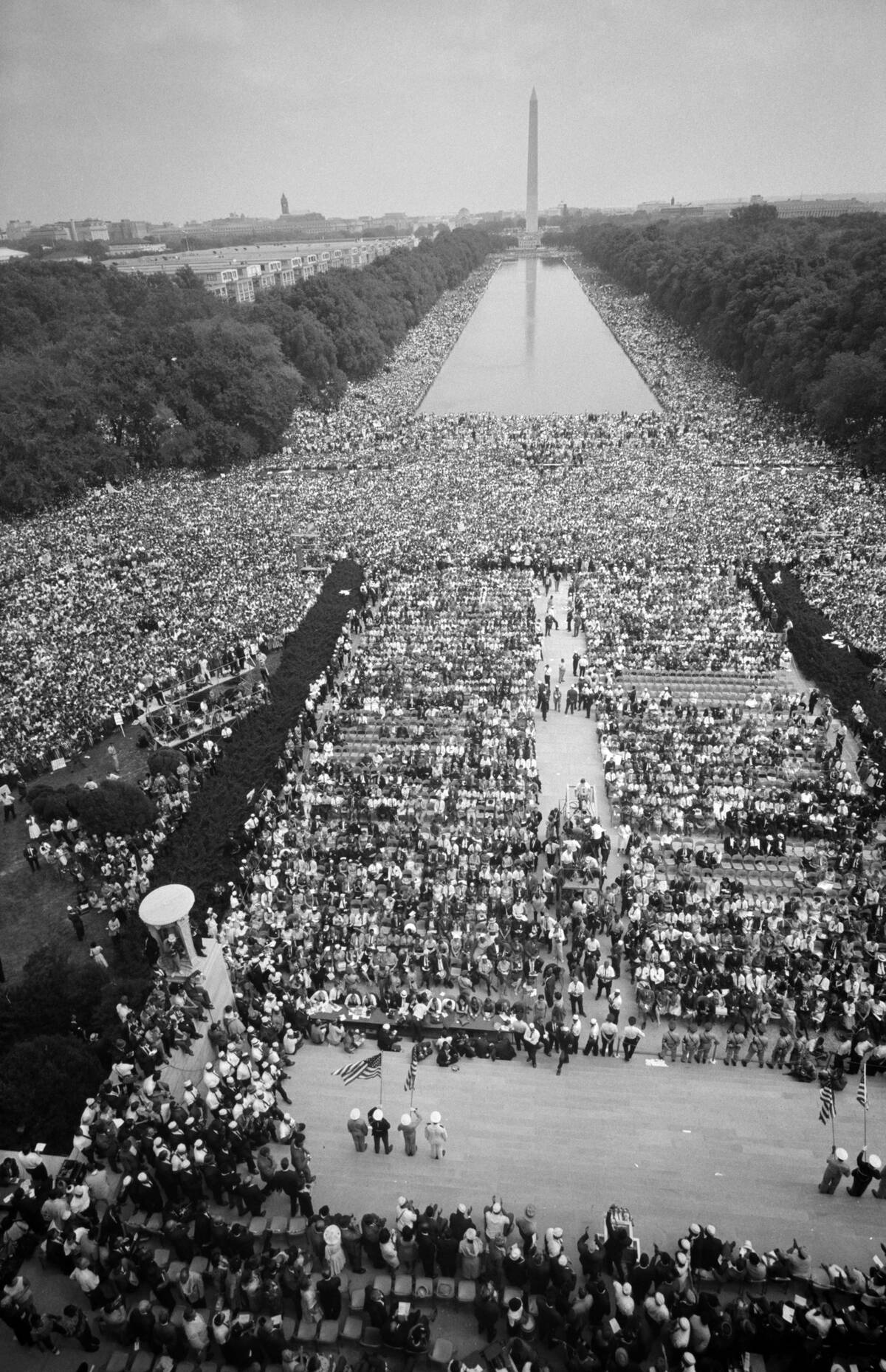
This photo captures a massive procession gathering close to the Lincoln Memorial at the famous National Mall in Washington, D.C., on August 28, 1963. Although it’s hard to tell just from looking at this elevated view what was going on, the size of the crowd will make perfect sense with context.
Namely, this was the rapt audience Martin Luther King Jr. when he delivered his famous, inspiring “I Have A Dream” speech during his landmark March on Washington for Jobs and Freedom. About 260,000 people witnessed this historic speech in person.
An Obstinate Roadblock To Progress
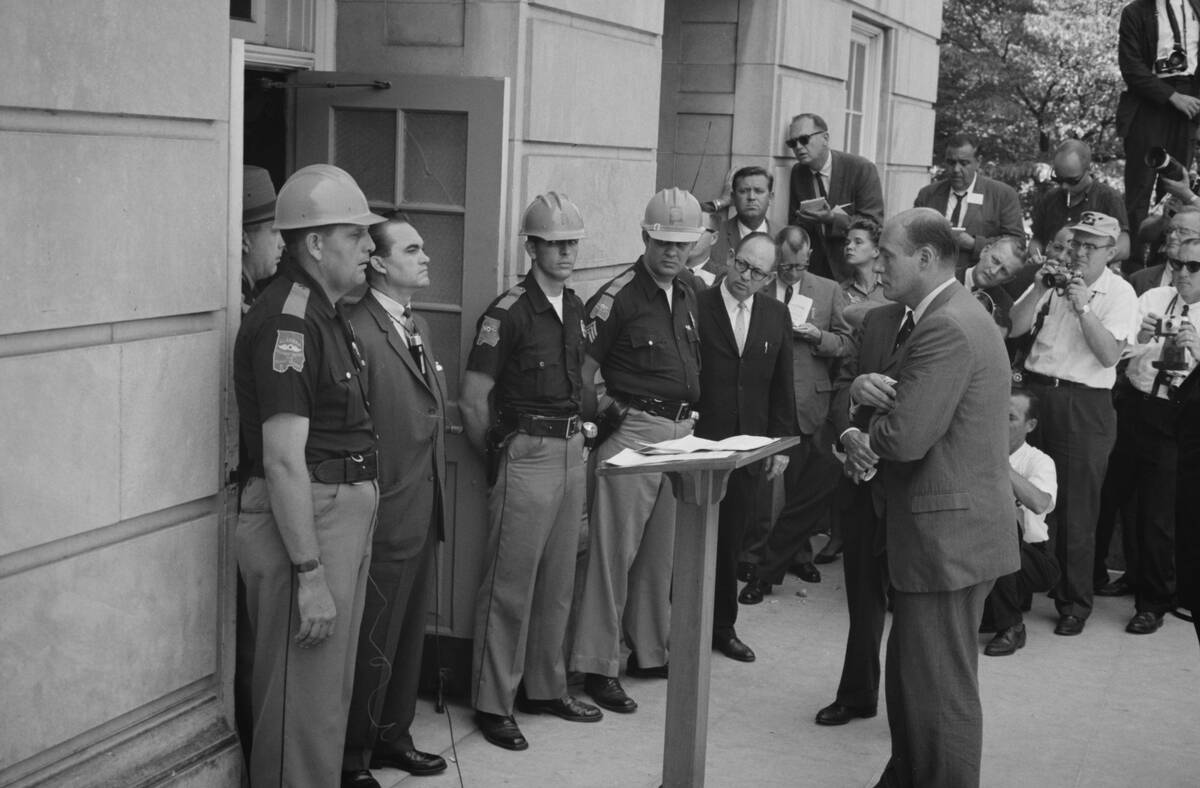
Although this moment wasn’t singularly pivotal, it embodies the spirit of those who opposed the Civil Rights movement and the significant, government-imposed shift toward racial integration that followed throughout the southern United States. Although many throughout the nation were horrified by the Jim Crow laws and other segregationist measures, it’s easy to forget how many in the American South stood by them.
These people put some of their biggest hopes in Alabama Governor George Wallace, who fervently fought racial integration at every turn, including once the federal government moved the desegregate the nation’s education system. Here, we can see him and some officers standing outside the University of Alabama during a tense confrontation with US Deputy Attorney General Nicholas Katzenbach on June 11, 1963.
The Faces Of America’s Early Space Race
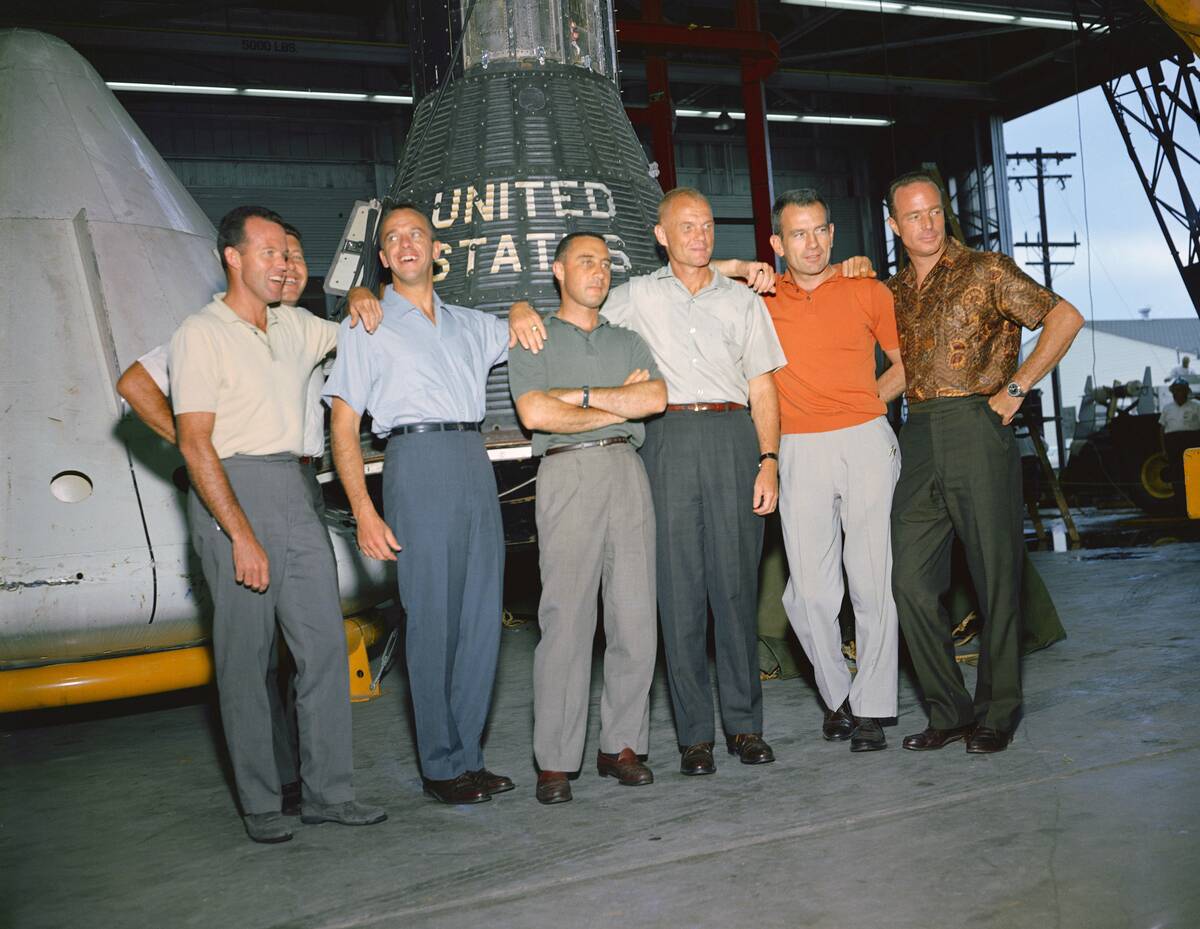
Before his passing, President Kennedy was public about his goal for the United States to reach the moon before the decade was out, as the Soviet Union had an impressive and difficult head start to catch up with in the form of the Sputnik I satellite and Yuri Gagarin’s voyage into space.
Yet, catch up is precisely what America did before beating the Soviets to the moon in 1969. Six years earlier, however, L. Gordon Cooper Jr., Walter M. Schirra, Alan B. Shepard Jr., Virgil I. Grissom, John H. Glenn Jr., Donald K. Slayton and M. Scott Carpenter all made their historic contributions to lay the groundwork that made this achievement possible. They were the Mercury Seven and the last of the Mercury series of launches they participated in (Cooper’s Mercury-Atlas 9 flight) would take place in 1963.
A Early Sign Of Struggle In America’s Most Infamous War

Although the Vietnam War has already been going on for eight years by 1963, the U.S. military’s involvement in it was beginning to escalate to such a degree that the war and the draft that supported it would become one of the defining issues of the ’60s.
Indeed, 1963 would come as a grim year for America’s presence in Vietnam, and for the South Vietnamese forces the government supported. That was because on January 2, the Viet Cong won their first major victory at the Battle of Ap Bac.
A Signature Role For A Polarizing Funnyman

After a successful double act with Dean Martin gave way to an increasingly successful comedic film career, Jerry Lewis found the height of his fame in the early ’60s. While some considered his comic stylings annoying even at the time, his unique zaniness and its appropriateness to the broad tastes of the day made him a household name.
While this was already clear from the 1960 slapstick comedy The Bellboy, it would become enshrined in the 1963 film The Nutty Professor. Not only did it show a little more range in Lewis’s acting, but the lighthearted twist on the Dr. Jekyll/Mr. Hyde story would prove crowd-pleasing enough to inspire a successful remake in the ’90s.
A Low Point For Disney
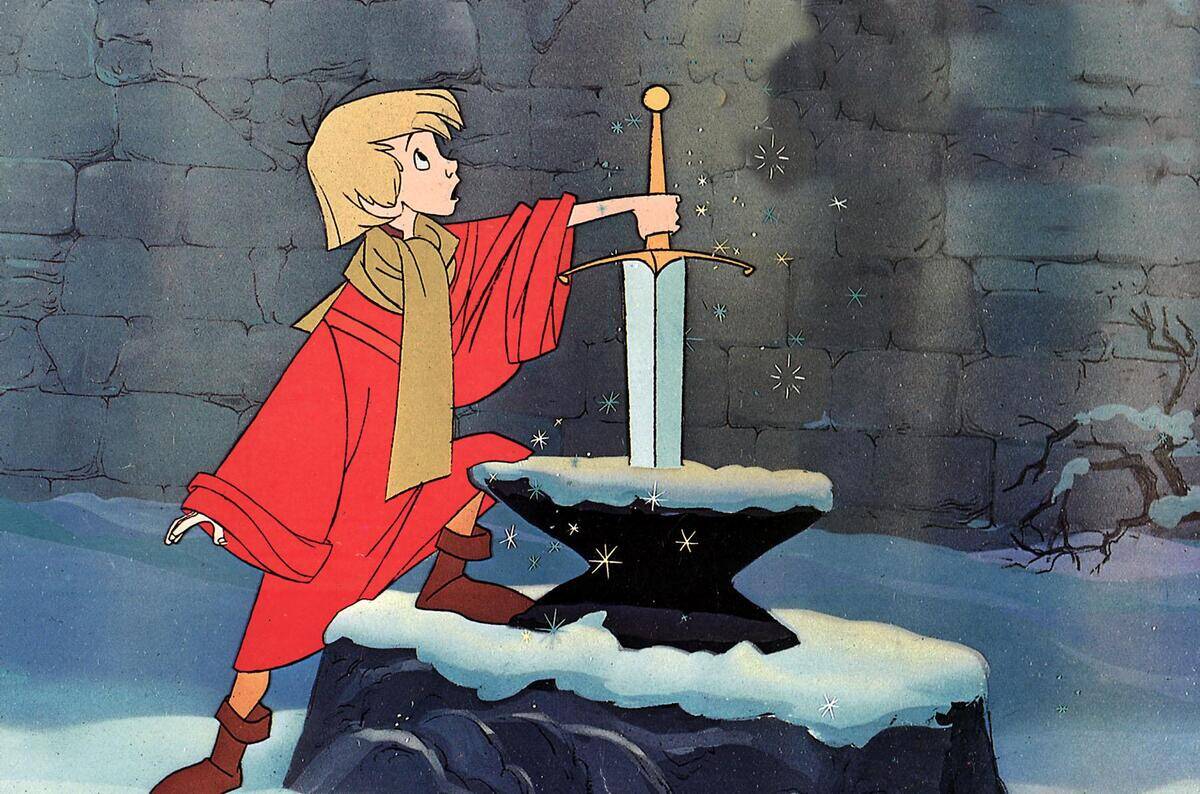
Although hits like The Parent Trap and One Hundred and One Dalmatians did wonders for the Walt Disney Company’s momentum in 1961, the movie wing of the conglomerate was in a less secure place in 1963. Not only would the juggernaut that was Mary Poppins not appear until the following year, but many of their 1963 films commercially underperformed.
While it’s true that the 1963 animated feature The Sword And The Stone has attracted significantly more fondness over the years — particularly Merlin’s wizard duel with Mad Madam Mim — it was not successful upon release.
Not Everything Needed To Be A Major Event

Although this photo accompanied a news items about the fragile state of race relations in the northern United States, there’s nothing in it that exemplifies the strife at the time or Robert F. Kennedy’s inquiries into the subject.
Instead, we’re looking at a group of children playing on a street in the Harlem district of New York City’s Manhattan borough after school. It’s true that kids know more than we often give them credit for but they can often forget about their worries easier than the rest of us when something fun is going on.
Cuba Faces Consequences
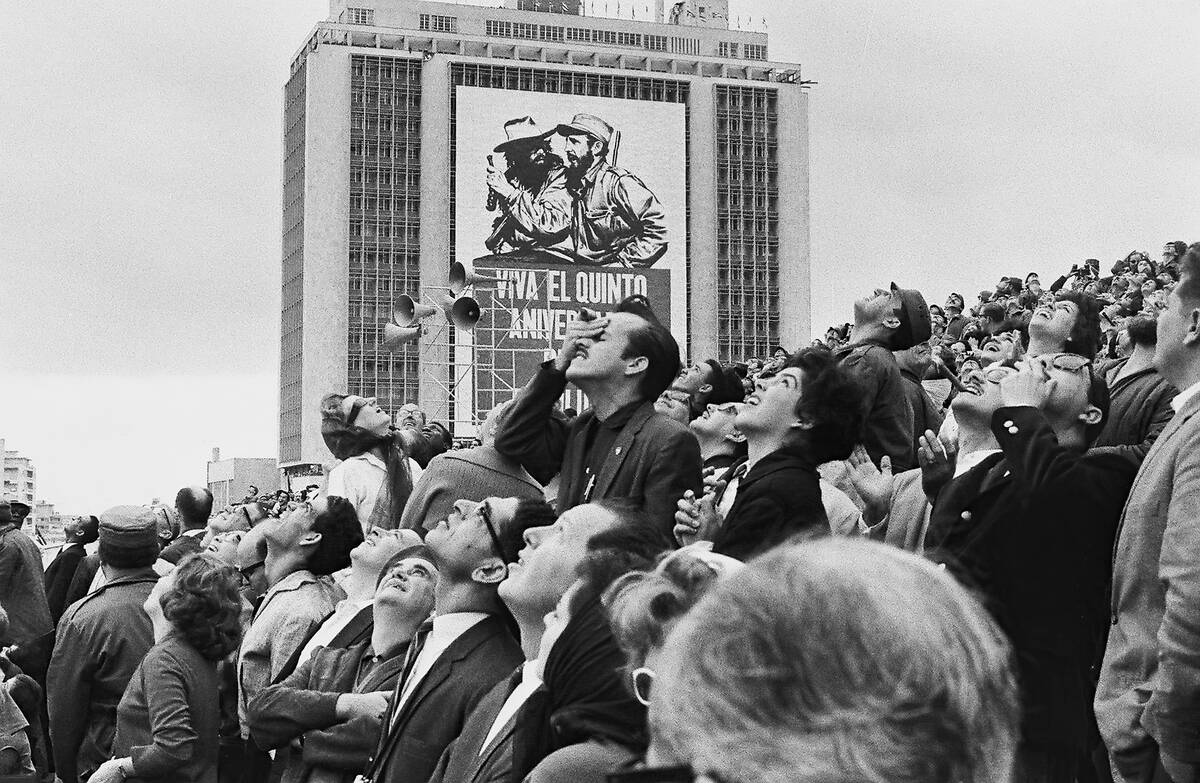
Although the resolution of the Cuban Missile Crisis led to more productive communication measures between the United States and the Soviet Union, that didn’t mean the United States was at all amused by Cuba’s role in the international incident.
Spurred by the incident as well as the general context of Cuba’s alignment with the Soviet Union, the U.S. government issued an embargo on all travel and financial transactions to Cuba by United States citizens. This embargo would not only outlast the Soviet Union itself but continue to the present day.
Everybody Who Was There Remembers Where They Were

If there’s one singular event that defines 1963 in American history, it was the assassination of President John F, Kennedy near Dealey Plaza in Dallas, Texas on November 22, 1963. The shocking, mysterious circumstances of the sudden event have had people theorize about what really happened for years, but the impact was immediate and echoed throughout the world.
Although it’s practically a cliché to ask people where they were when this happened, it was such a sudden and devastating moment for the Western world that people legitimately do remember even over half a century later. The leader whose vision propelled America through a brave new decade was gone.
A Song That Still Survives First Hits The Airwaves
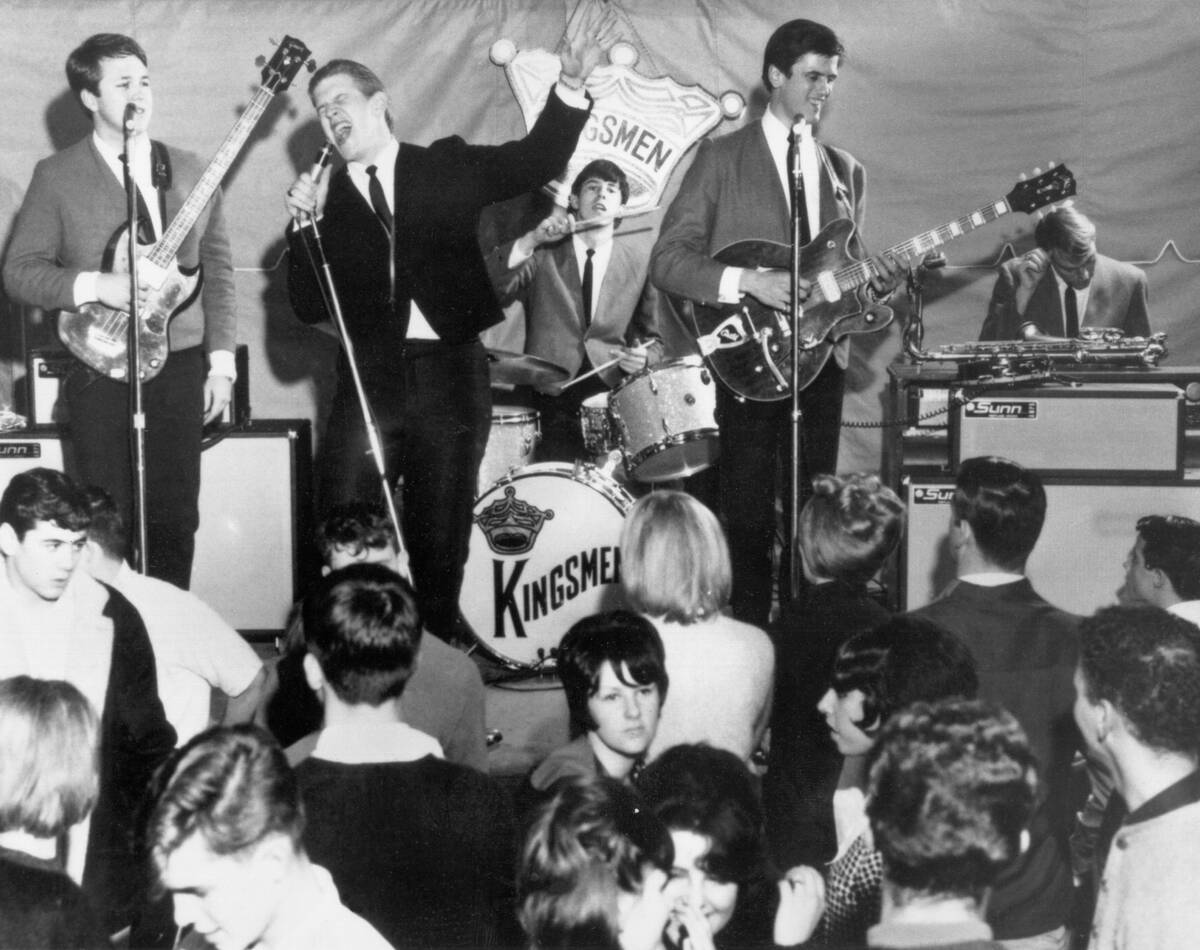
It’s hard to think of a rock song that has endured for longer across a wider variety of interpretations than “Louie, Louie.” The scrappy, garage rock stylings of The Kingsmen gave their version an energy and charm that made it the defining version of the song, even among stiff competition with a version by Paul Revere and the Raiders at the time.
However, the success came at a cost because during the following year, concerns that the mumbly song could have obscene lyrics led the FBI on a two-month investigation. Although the drummer can distinctly be heard cursing in the background after a mistake at one point, this apparently was not detected.
Coca Cola Releases A Diet Soda But Not The Famous One
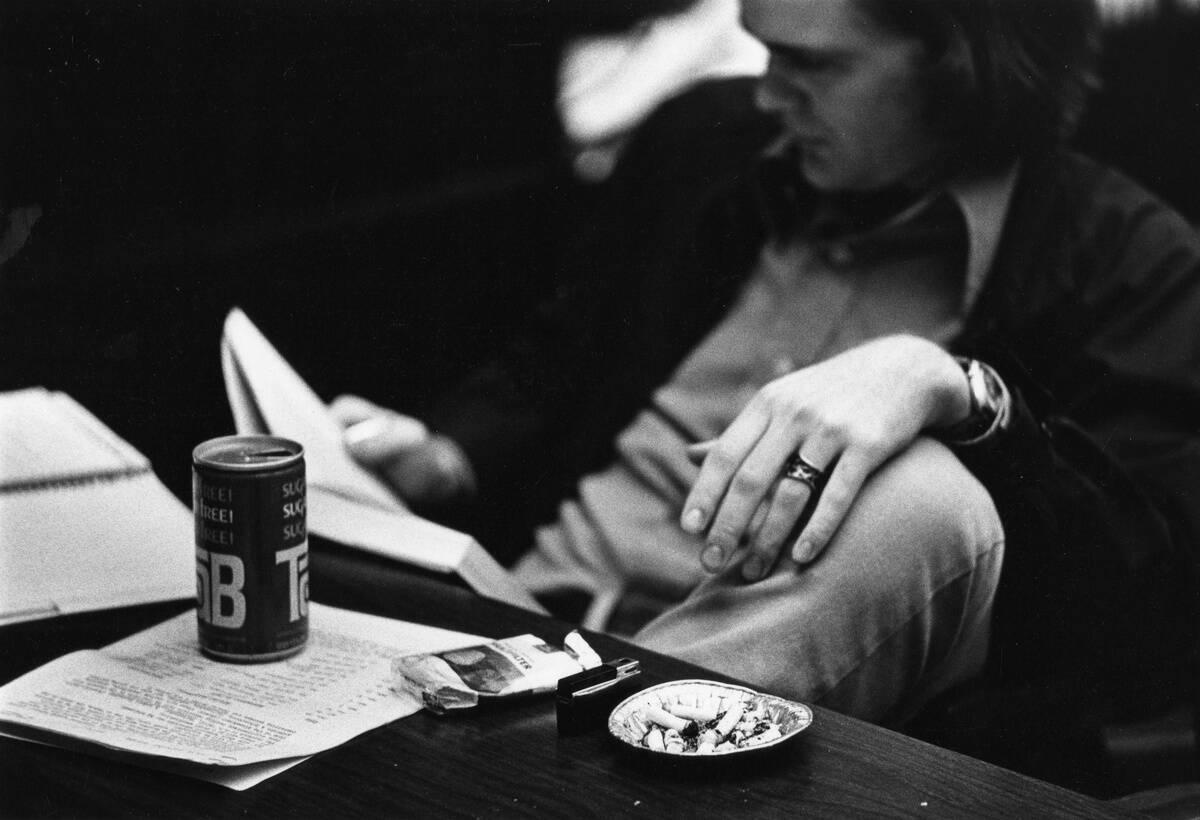
Although Diet Coke rivals Coca Cola Classic in popularity, this drink would not exist until the ’80s. Nonetheless, Coca Cola did release its first diet soda in 1963, which some Americans will remember as Tab. However, while it was possible to get the drink as late as 2020, it wouldn’t taste the same as it did when it first came out.
That’s because the sugar alternative Coca Cola used for Tab was saccharine, which was swapped out in the ’70s after studies linked the additive to increases in bladder cancer rates in rats. However, this saccharine also had an unpopular impact on the soda’s taste, so its presence wasn’t missed.
The Beatles Get Their Start On The World Stage
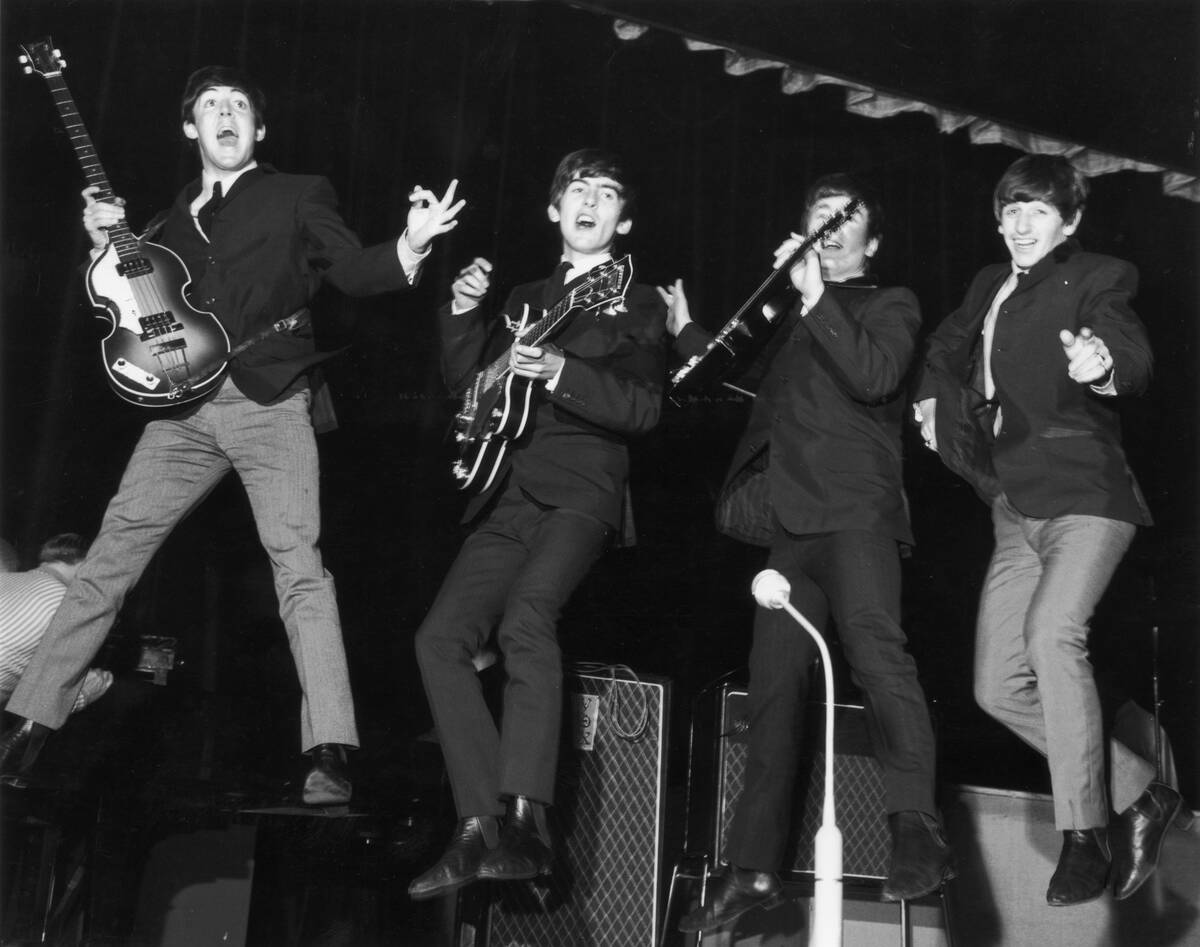
Although their albums had yet to hit American shoes, The Beatles were already becoming a major sensation in the United Kingdoms with their debut album Please Please Me and its follow-up, With The Beatles. Both albums were released in 1963, with the former appearing on March 22 and the latter hitting stores on November 22.
While it’s true that Americans who were already keyed into the Beatles by then would either have to import their records or wait for a U.S. release, the good news is that the albums wouldn’t have to travel far if they imported them. That’s because their release dates in the U.K. were the same as the release dates in Canada.
Beatlemania Was Unstoppable

Despite the fact that The Beatles had just risen to prominence in 1963, the fanbase they were able to cultivate came together faster and with greater ferocity in their obsession than even Elvis Presley had been able to command before.
As such, it was impossible for them to throw a concert without an overwhelming din of teenage girls screaming all the while, as these young women did at the time. Indeed, The Beatles would become so frustrated by the fact that they couldn’t hear themselves over the constant screaming that they stopped touring altogether in 1966.
Malcolm X Makes A Historic Speech
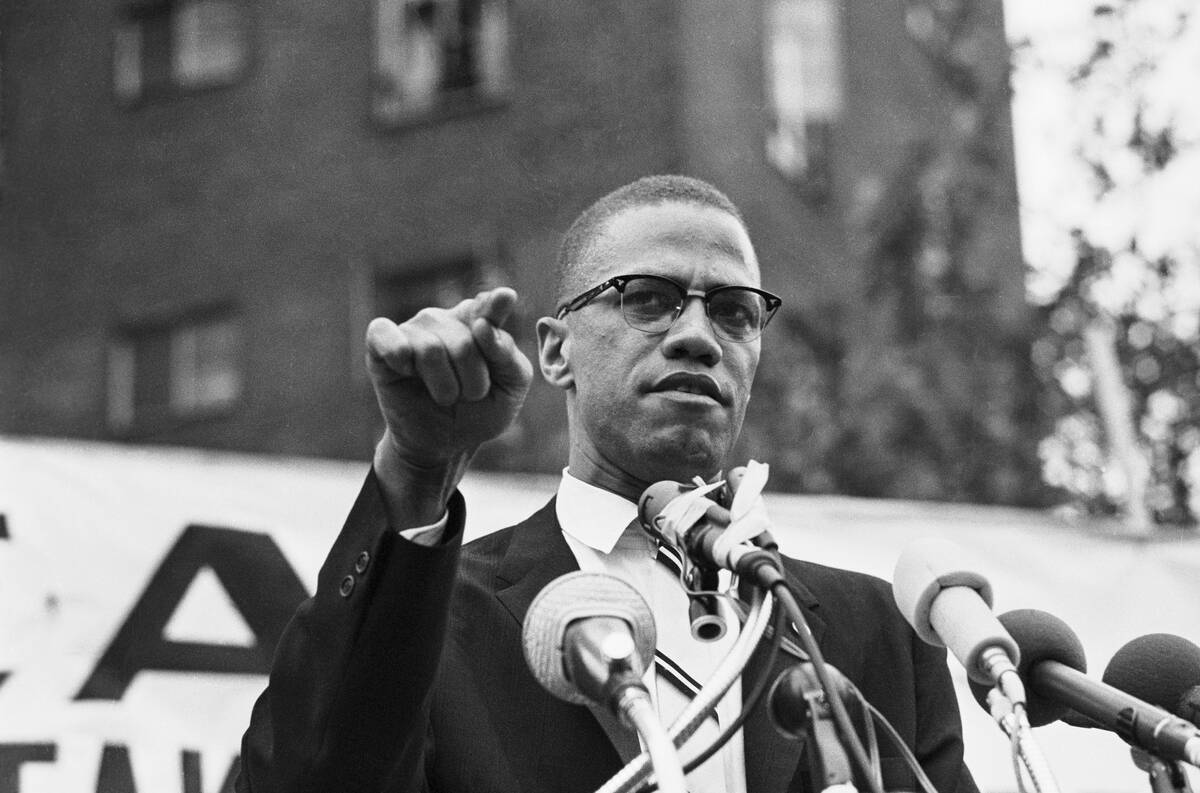
Although Malcom X (who then went by Malcolm Shabazz) had been a point of concern for the FBI for a decade by the time he returned to Detroit for the historic address, “Message To The Grass Roots,” he had risen to far greater national prominence since his letters from prison. In this speech, he spoke critically of the Civil Rights Movement, which he saw as passive and ineffective compared to a full revolution for an independent Black nation.
As he worded it, “Whoever heard of a revolution where they lock arms, singing “We Shall Overcome”? You don’t do that in a revolution. You don’t do any singing, you’re too busy swinging. It’s based on land. A revolutionary wants land so he can set up his own nation, an independent nation.”


